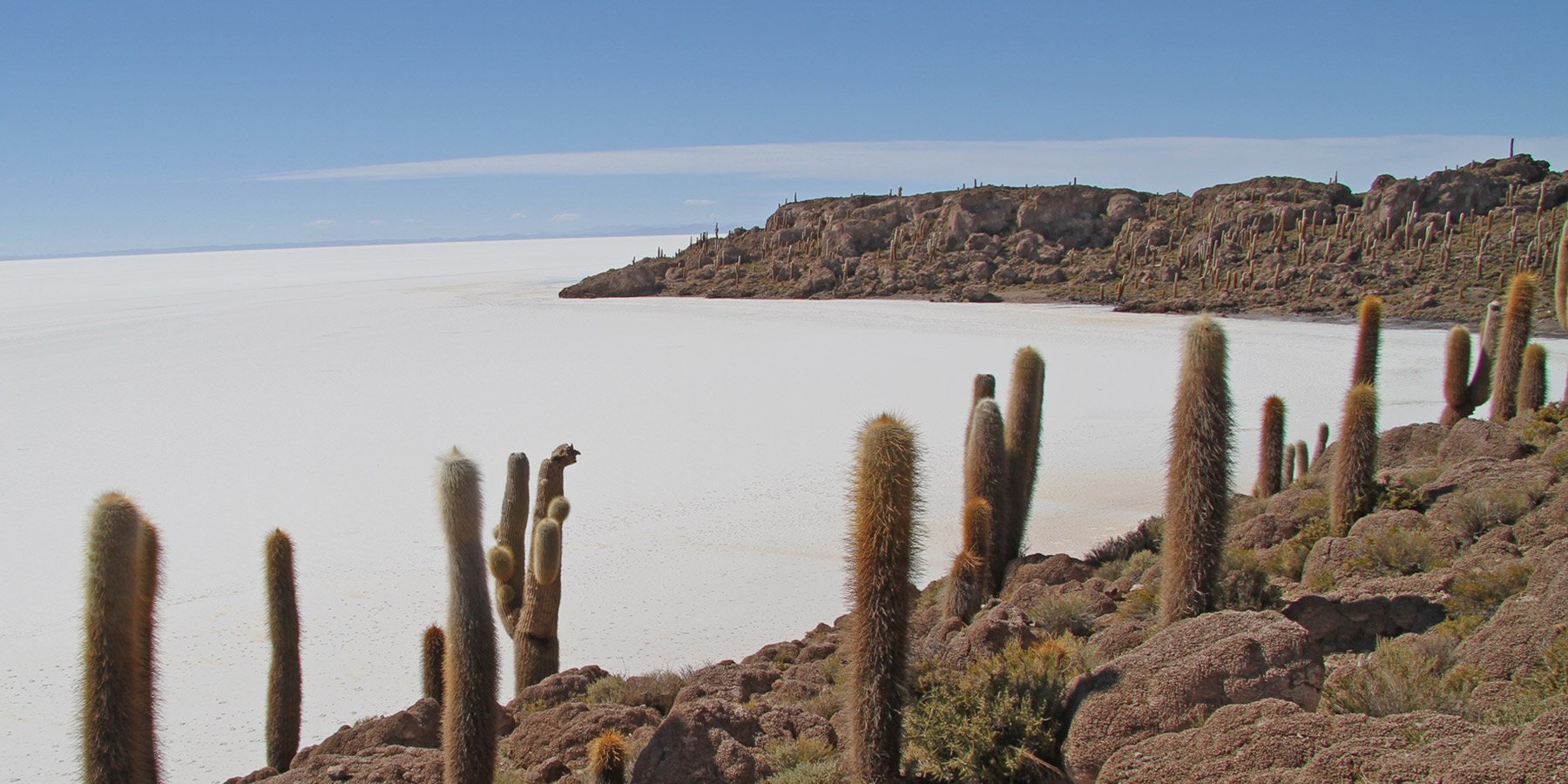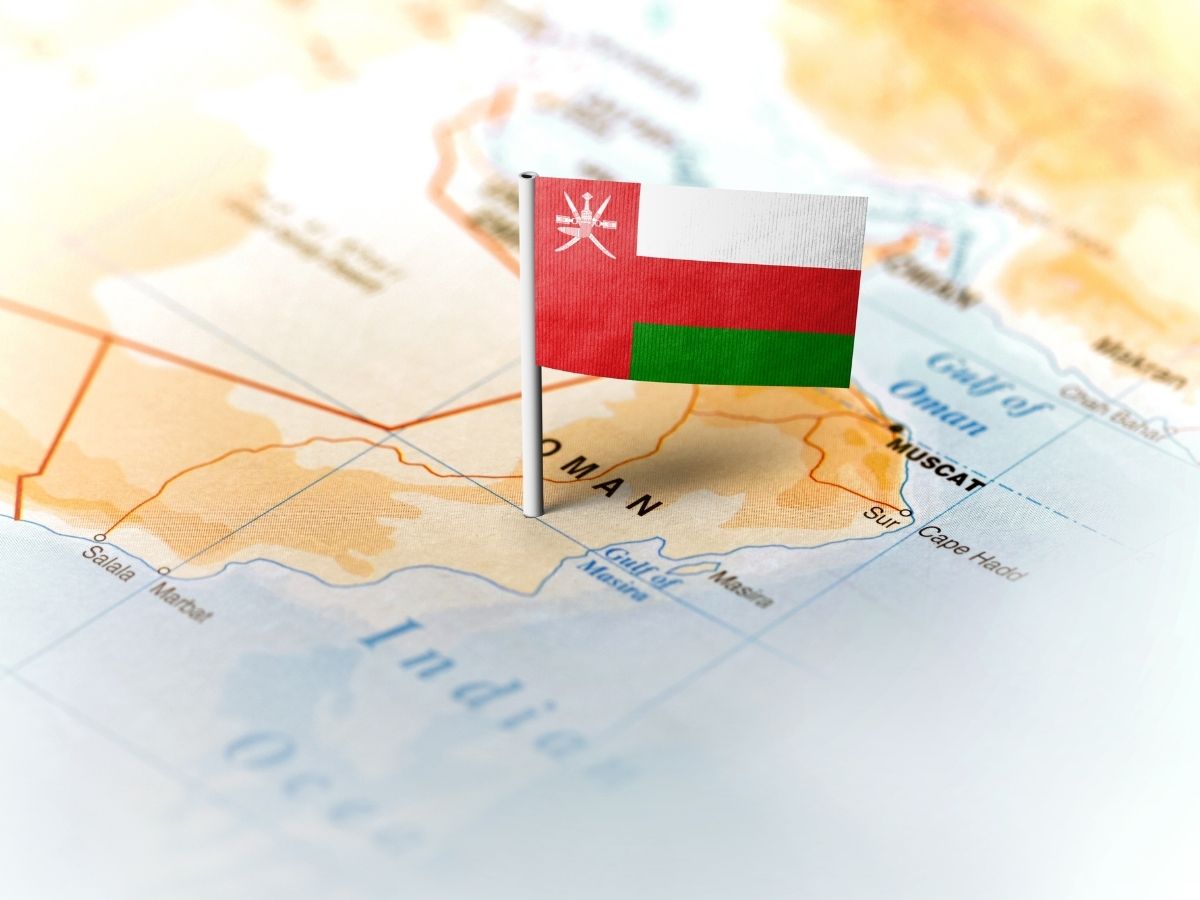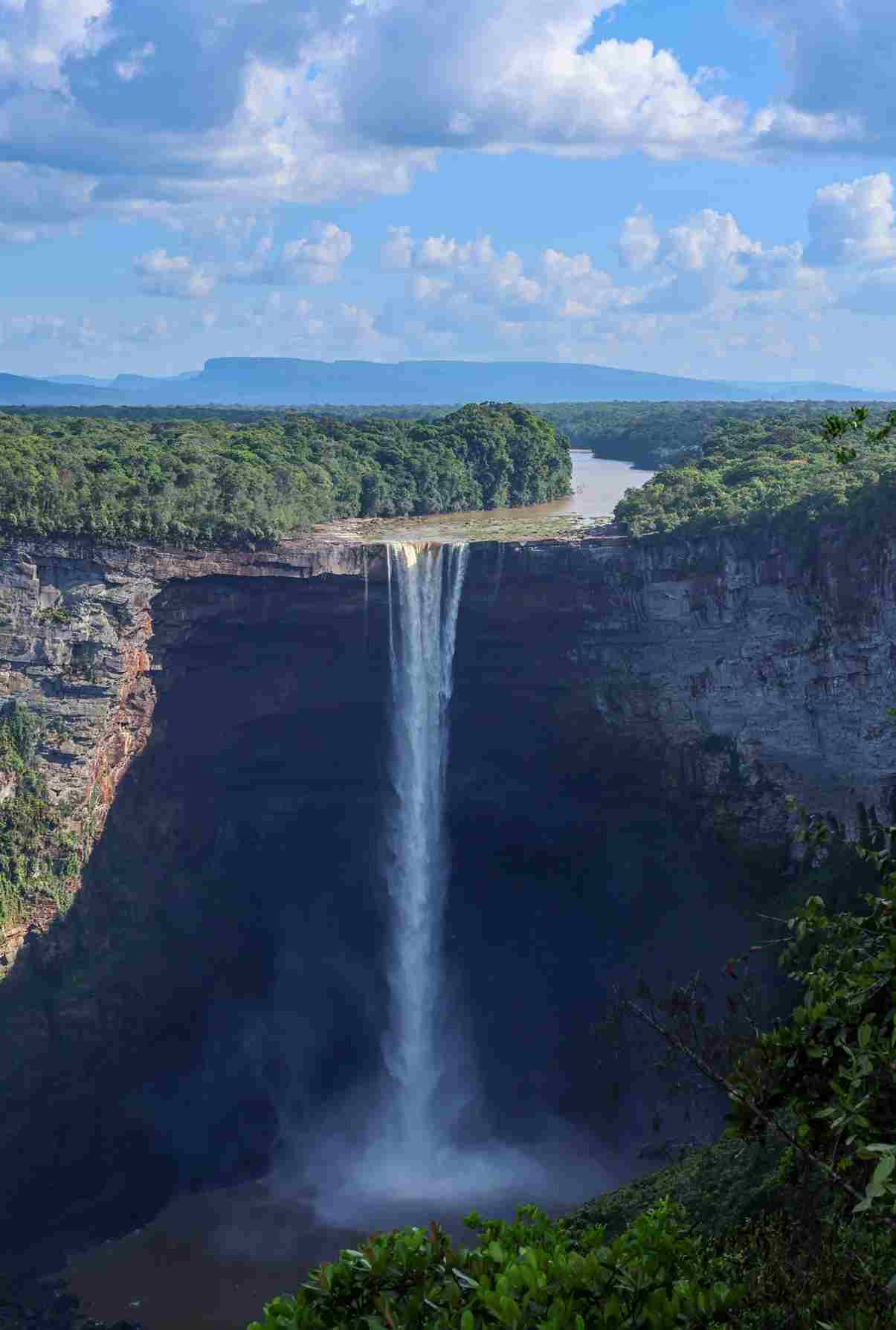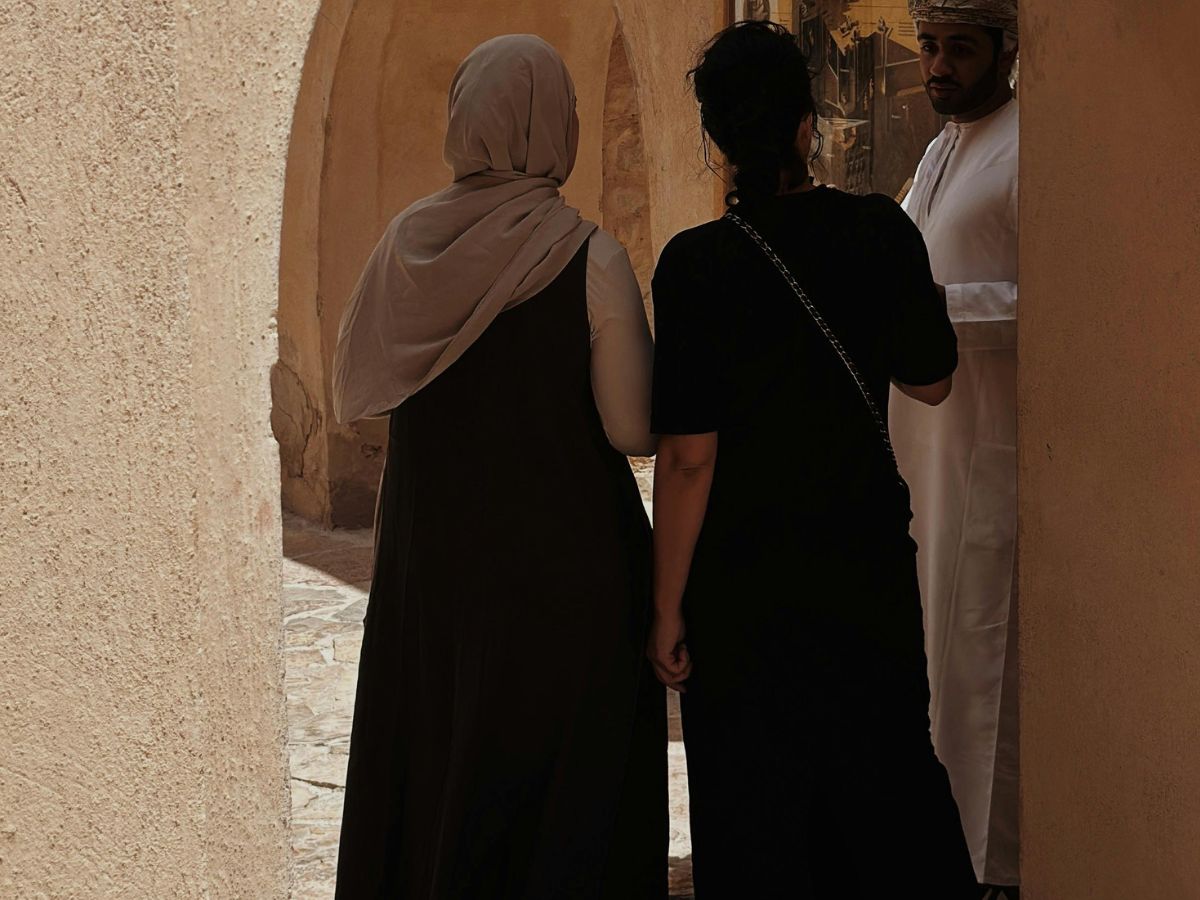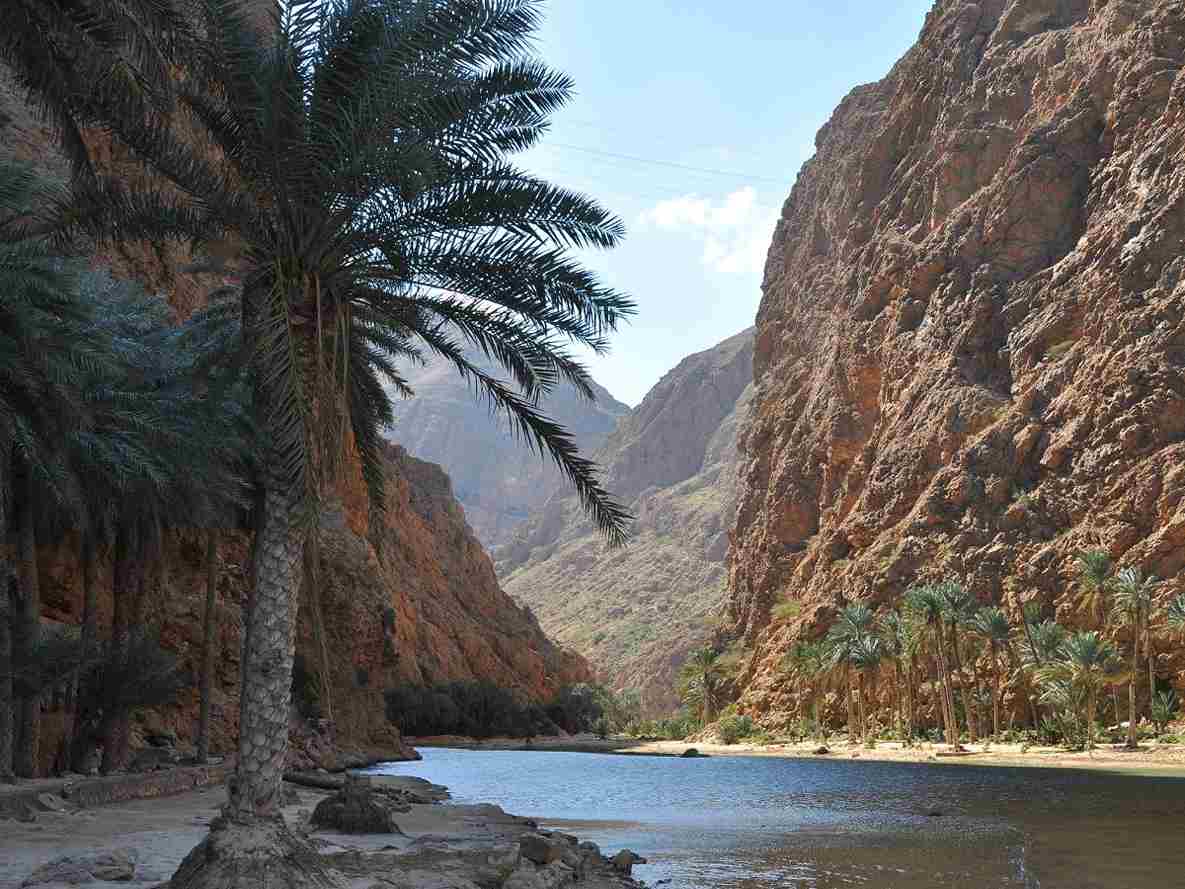Nestled in the heart of South America, Bolivia offers travelers a rich tapestry of cultural heritage, stunning landscapes, and vibrant traditions. From the peaks of the Andes to the depths of the Bolivian Amazon rainforest, Bolivia’s diverse geography promises an unforgettable adventure. As home to the world’s largest high-altitude salt flats and with tours often starting from bigger cities like La Paz, Bolivia stands out as one of South America’s most unique destinations. Here’s a comprehensive guide to exploring this captivating country and its Amazon region:
Introduction to Bolivia
Bolivia, nestled in the heart of South America, is a country that captivates travelers with its extraordinary natural beauty and vibrant cultural tapestry. From the dazzling Uyuni Salt Flats—where endless white landscapes create surreal reflections—to the bustling city of La Paz, perched high in the Andes, Bolivia offers a wealth of experiences for every type of adventurer. Whether you’re drawn to the lush biodiversity of the Amazon basin, eager to explore ancient ruins, or simply want to soak in the atmosphere of a lively city, visiting Bolivia promises unforgettable moments. This is a destination where every journey reveals a new facet of South America’s charm, making it a must-visit for those seeking both adventure and authenticity.
Best Times to Go
The ideal time to visit Bolivia largely depends on your itinerary. The dry season (May to October) is generally preferred for trekking and exploring the highlands, as rainfall is minimal and temperatures are cooler. The wet season (November to April) brings lush green landscapes and vibrant festivals, but some regions may experience heavy rains and accessibility issues. Heavy rains can disrupt public transport and travel routes, making it important to check local conditions before setting out.
Sudden changes to travel plans are not uncommon, as road blockades and strikes can disrupt public transport at very short notice or short notice. It is essential to monitor real-time updates to avoid unexpected disruptions to your journey.
Planning Your Trip
When planning your perfect trip to Bolivia, a little preparation goes a long way. Before visiting Bolivia, it’s wise to consult the latest travel advice and ensure your travel insurance policy covers all the activities you intend to enjoy, from trekking in the Andes to exploring the salt flats. Some regions, especially those near the Amazon basin, may require a yellow fever vaccination certificate, so check with your local authorities well in advance. The rainy season can bring sudden changes to travel plans, with flooding and landslides occasionally affecting routes and accessibility. Stay updated by following advice from local authorities and be flexible with your itinerary. By securing comprehensive travel insurance and keeping informed, you’ll be ready to make the most of your Bolivian adventure, no matter what surprises the journey brings.
Top 10 Things to See in Bolivia
Bolivia is a landlocked country bordered by Chile, Argentina, and Brazil, making it a crossroads for travelers exploring South America. These borders are significant for overland journeys and offer diverse entry points into Bolivia’s unique landscapes and cultures.
- Salar de Uyuni: The world’s largest salt flat, where the sky meets the white expanse in breathtaking reflections. Nearby, you can also visit natural hot springs, which are a popular stop on tours of the area.
- La Paz: The highest capital city in the world, nestled in a valley with bustling markets and rich cultural heritage. The nearby city of El Alto is easily accessible and offers additional local sights and travel routes.
- Tiwanaku: An ancient archaeological site with impressive ruins that date back to pre-Columbian times.
- Lake Titicaca: Shared with Peru, this vast, shimmering lake is famous for its indigenous communities and floating reed islands. A key site to visit here is Isla del Sol, known for its Inca ruins, hiking trails, and deep indigenous heritage.
- Potosí: Once one of the wealthiest cities in the world due to its silver mines, now a UNESCO World Heritage site. The town is a significant starting point for tours exploring the region’s mining history and surrounding landscapes.
- Amazon Rainforest: Explore Bolivia’s portion of the Amazon basin for unparalleled biodiversity and indigenous cultures. The Chapare region, accessible from Santa Cruz, is especially notable for eco-tourism, rainforest exploration, and agricultural traditions.
- Yungas Road: Known as the “Death Road,” this scenic yet treacherous route is popular for mountain biking adventures.
- Sucre: Bolivia’s constitutional capital, known for its colonial architecture, museums, and nearby dinosaur footprints. The town serves as a hub for tours to surrounding attractions.
- Chacaltaya: A former ski resort near La Paz with stunning views of the Andes mountains and unique high-altitude flora. Its elevation is over 5,300 meters above sea level, making it one of the highest points accessible to visitors.
- Carnival of Oruro: One of Bolivia’s most important cultural events, featuring elaborate costumes, music, and dance in honor of the Virgin of Candelaria. Expect large crowds during the festival, as people gather from across the country to celebrate.
Having visited some of these incredible places and planning to explore more, I’m continually amazed by Bolivia’s diversity and the experiences it offers, especially compared to neighboring countries like Brazil and Chile.
Language, Culture, and History
Language: Spanish is the official language, but many indigenous languages like Quechua and Aymara are also spoken, reflecting Bolivia’s diverse ethnic makeup.
Culture: Bolivia’s culture is a blend of indigenous traditions and Spanish colonial influences. Art, music (especially folk music and panpipes), dance (such as the lively Cueca), and festivals play integral roles in daily life. Many Bolivians, particularly in rural or indigenous communities, hold traditional or conservative views, which can influence social norms and attitudes. Travelers should also be aware of risks such as sexual assault, especially when participating in nightlife, staying at hostels, or engaging in certain tourism experiences.
History: Bolivia boasts a rich history dating back to ancient civilizations like the Tiwanaku and Inca empires. Spanish conquistadors arrived in the 16th century, shaping the country’s colonial past and leaving behind architectural marvels. Same sex relationships are legal in Bolivia, but social attitudes can be conservative, and LGBTQ+ travelers may encounter varying levels of acceptance depending on the region.
Weather and Altitude Sickness
Bolivia’s climate varies widely due to its diverse geography:
- Highlands: Cool to cold year-round, with temperatures dropping significantly at night.
- Lowlands: Tropical and humid, experiencing distinct wet and dry seasons.
- Amazon Basin: Hot and humid year-round, with heavy rainfall during the wet season. During periods of poor air quality caused by forest fires, it is important to use a face mask to filter out pollutants. Travelers should also stay inside when air quality deteriorates significantly.
Remote Areas and Safety
Exploring Bolivia’s remote areas—whether it’s the jungle regions near Rurrenabaque or the vast salt flats of Uyuni—offers a true sense of adventure, but it’s important to prioritize safety. Always choose reputable tour operators who provide essential safety equipment, such as life jackets for river excursions and reliable vehicles for traversing challenging terrain. The high altitude in many parts of Bolivia can lead to altitude sickness, so take time to acclimatize and listen to your body. In areas where air quality may be affected, especially in jungle areas, take regular breaks and stay hydrated. If you need medical help, know how to reach local authorities quickly, and keep emergency contacts handy. Respect for indigenous communities and their customs is key to a positive experience in these remote regions. With careful planning and a mindful approach, your journey through Bolivia’s wild landscapes will be both safe and unforgettable.
Conclusion: Tips for Visiting Bolivia
Whether you’re uncovering the mirrored expanse of Salar de Uyuni, discovering Amazonian life, or diving into Bolivian cultural traditions, this country is sure to leave an indelible mark. Start with the Argentina, Chile and Bolivia Explorer and continue with Expert Guides to Travelling in Bolivia: A Cultural and Natural Odyssey as your trusted companion. Embrace the diversity, the heritage, and the hospitality-your heart will thank you.
